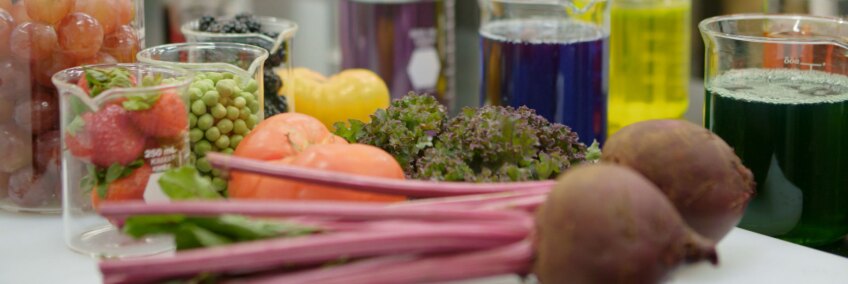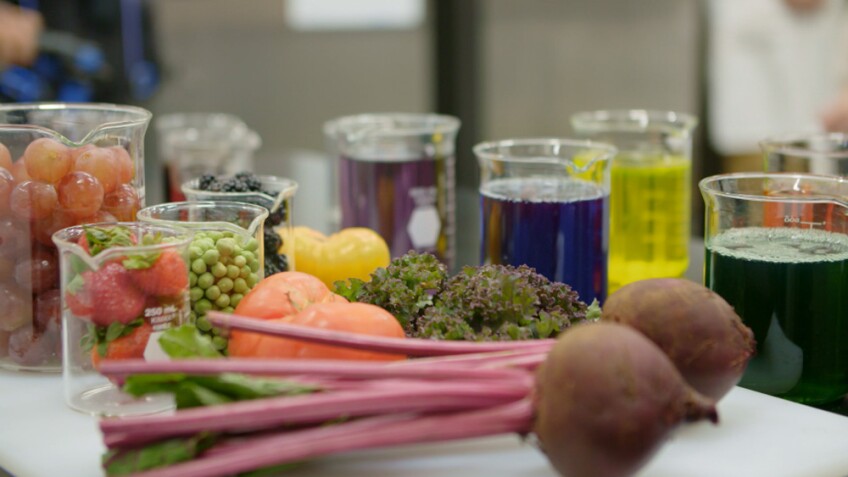Beyond Burger: The New 'Meat' in Town

Biting into a Beyond Burger for the first time can be a baffling experience. The patty is vegan, but its texture, taste and even its color is so closely reminiscent to beef that it's hard to believe that it wasn't made from an animal. That's the point.
"It all has to be indistinguishable because we have been conditioned to consume meat," says Ethan Brown, founder and CEO of Beyond Meat, by phone. "We just have to figure out a way to do it more efficiently."
When Brown was growing up near Washington D.C., his dad had a dairy farm that the family would visit on weekends. "I began to learn a lot about animals and agriculture and then also enjoyed the outdoors, the wildlife and everything else," says Brown. Those lessons from the farm stuck with him as an adult, when he forged his first career in clean energy. In the process of his work, he learned more about how livestock contribute to climate change. According to the New York Times, “livestock accounts for between 14.5% and 18% of human-induced greenhouse gas emissions” worldwide. That prompted a question, "Do you need an animal to produce a piece of meat?" Working with universities, Brown set out to find an answer. Ultimately, they learned how to build meat from plant proteins.
"What you need to do is you start with the texture," Brown explains. The goal there, he says, was "stitching together the protein in a way that presents as muscle." From there, they had to figure out to recreate the flavors, aromas and colors of meat with plant proteins. Ultimately, Beyond Meat devised a system that was able to replicate all that quite well.

Founded in 2009, Beyond Meat didn't have venture funding in its early days, so they had to begin selling the product almost immediately. Less than a year after their founding, Beyond Meat was picked up by Whole Foods. But, it wasn't until 2012 that, thanks to a New York Times article, the company's reputation began to rise.
Today, Beyond Meat is steadily infiltrating the meat market. Their products are found inside multiple grocery store chains. Universities, movie theaters and stadiums are starting to introduce it in their menus. Even fast food joints like Del Taco, Carl's Jr. and A&W have gotten in on the Beyond craze. The company's IPO made a major splash in early May.
"I think that part of our vision is to provide plant-based meat to consumers in the most accessible way possible," says Brown. Getting into fast food establishments is part of the company's mission "to meet the consumer where they are," especially with spots that are open late or 24-hours. "You can go at 2 a.m. or you can go at noon, so your patterns or your behaviors have not been interrupted," Brown explains. "It's just that there's a new source of meat." That's fantastic news for people who follow vegetarian or vegan diets and have often been left with few-to-no options at the drive-thru.
But, plant-based meat can also be exciting for people who simply want to limit the amount of animal products that they ingest. Research has shown that reducing the consumption of animal-based meat has benefits not just for personal health, but for the health of the planet and people are becoming more conscious of this. "It's pretty surprising," says Brown of the consumer interest. He says that he's seen the "movement towards a plant-based meat" across a variety of demographics. Plus, he notes, their Beyond Burgers are often purchased by grocery store customers who are also buying animal products.
There are a few points that are crucial to Beyond Meat's plan for the future. One is to make a plant-based meat that imitates that which comes from animals. The second is to nail the nutritional components, bringing in all the healthful qualities of meat with its drawbacks. Then there's the price. Brown acknowledges Beyond Meat's higher price at this time is due to the supply chain. "The supply chain is very nascent," he says. "Today, we're largely pulling from many different sectors to get the protein we need, to get the flavor and taste, etc." He anticipates that, with time, they'll be able to offer products at a lower price point. That could have benefits that go beyond the U.S. market. It could put Beyond Meat in a position where they can help developing nations institute systems for building plant-based meats.

There's been a lot of buzz around plant-based diets and Brown thinks this is part of a greater cultural shift. "I think that people are really beginning to get educated about some of the concerns around high levels of animal protein, specifically red meat consumption and processed meat consumption," he says. "They're also becoming more educated about the benefits of plant protein." And Beyond Meat is working to be a major part of this shift.
"Every path we take here is for this goal to be a major, international protein company, one that is providing a considerable amount of protein not only in the domestic market in the U.S. but globally," says Brown. "And, if we do that,I think we'll grow significantly to the similar size of what a traditional meat company is."





